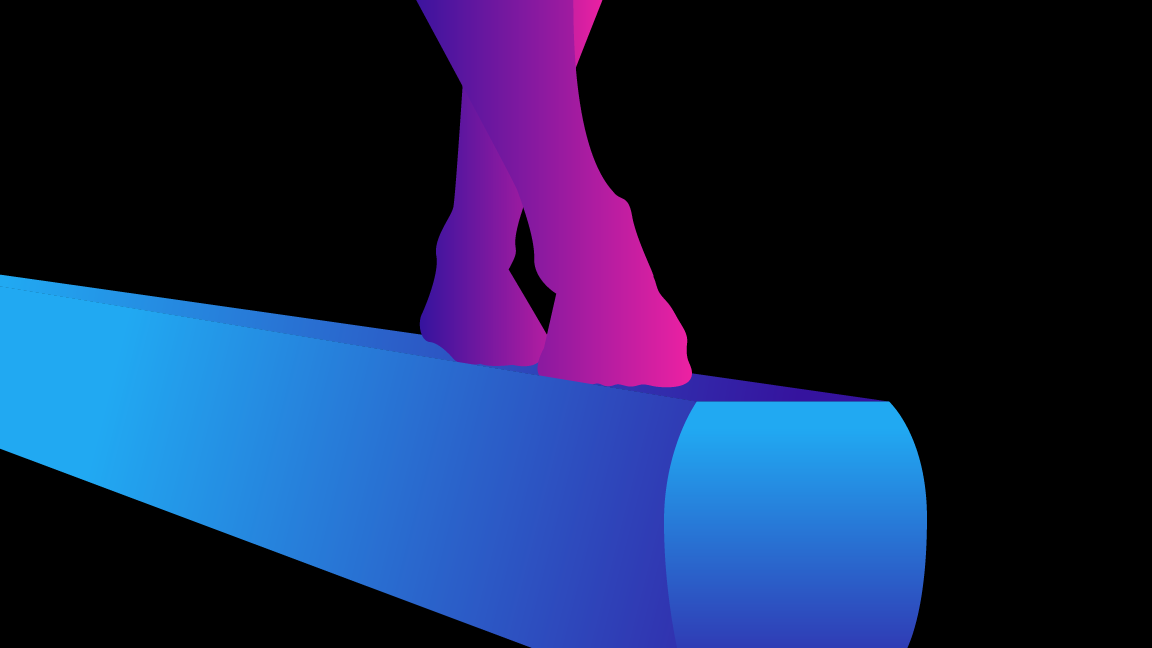As someone who would describe himself as a bit of a tech nerd, I’m usually the first person to jump up and down at the mere mention of a new digital tool in the workplace. I’m not alone in this, it seems, as 81% of millennials think that state-of-the-art technology is paramount to an ideal working environment.
However, a career in engagement consulting has opened my eyes to the wide range of communication tools required, and to the need to ensure that everyone feels comfortable accessing and using these new tools when they’re set up. Understanding, and acting on, this is a step toward making sure employees feel like they are appreciated. Why does that matter? Employees who feel respected by their employers usually reciprocate that respect and feel more included. And according to a recent study, engaged employees can average a 19.2% increase in profitability.
Many channels…
That got me thinking about the importance of the multi-channel approach. A lot of companies find themselves in a ‘realm of uncertainty’ as they begin to upgrade and add to the technology in the workplace, to help make jobs more efficient and more attractive to the emerging workforce. Currently, 85% of employees use more than one device to communicate at work, with 32% using three or more, according to a study. As communications professionals, we need to be sure we reach employees across a number of these tools and devices as they continue to play a more integral part within the workplace.
…but only one message?
However, despite the move towards more efficient technologies being a step in the right direction, it is still important to deliver a variety of communications to ensure you’re capturing the attention of your employees of all ages, locations and job descriptions. Employees like to feel like they are unique, and rightly so. Yet ironically, the more means of communication we have, the more undifferentiated the messages being communicated get. We need to bring more personalisation back into the dialogue.
Let’s try an old favourite to further understand this. Would you rather:
- Receive an email beginning with, ‘Dear Employee’ or ‘Dear [insert your name here]’?
- Receive the same email as every single person in a mass mailing list, or something which is tailored toward your demographic?
- Receive something which offers generic calls to action, or something bespoke to you based on your recent activity and profile?
If your answer was the latter in all three scenarios, you agree with the principle that personalisation and individualisation should be key elements in your communication strategy.
New reality
A multi-channel approach to communicating with employees is more than important than ever. The modern workplace must juggle new technology alongside dated technology, accommodate up to four different generations who each have their own preferred way of working, and reach employees who may be remote workers scattered all over the country.
One size certainly does not fit all.
